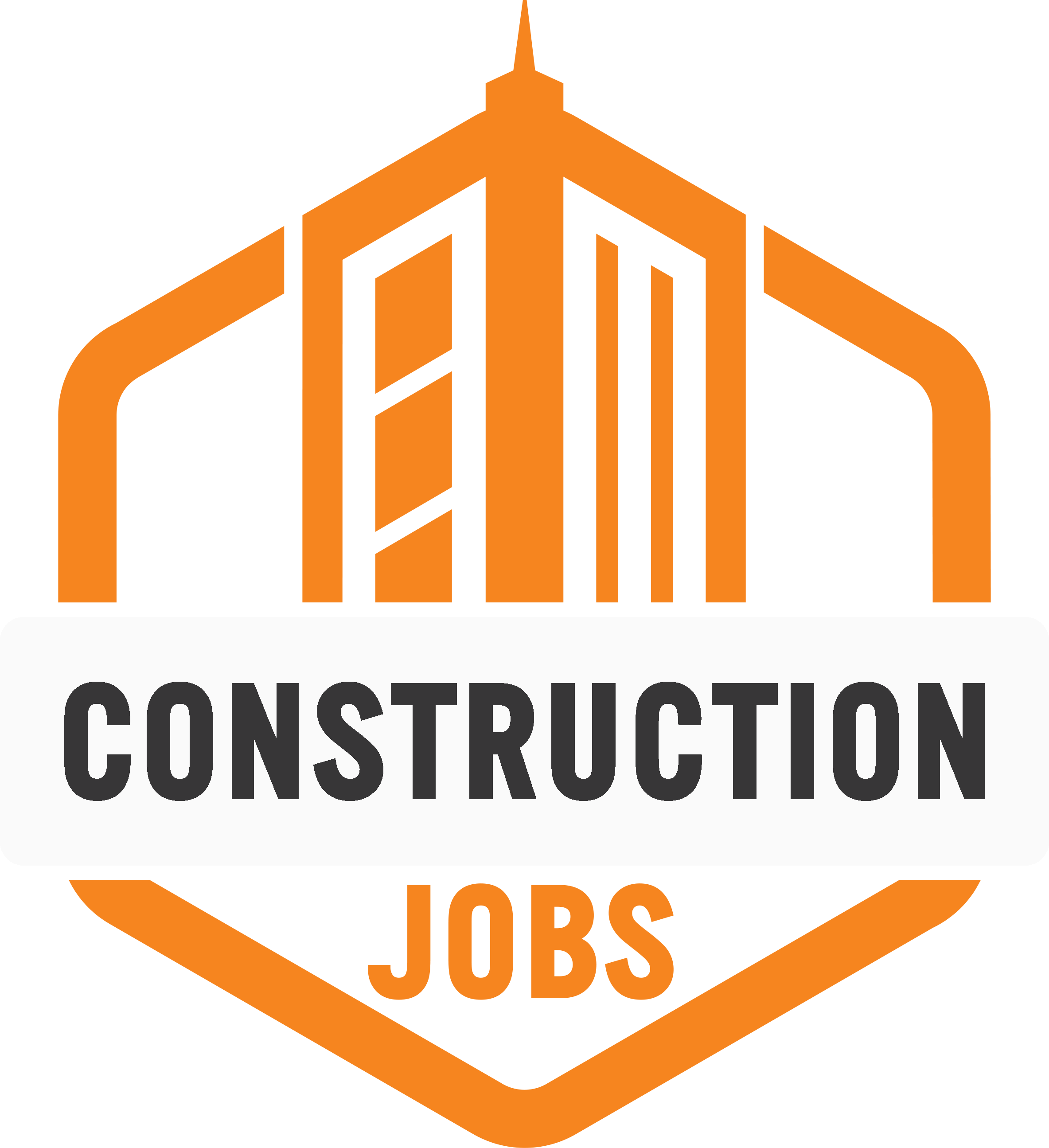Breaking the Glass Ceiling: Leading Positions for Women in Construction
Here are some of the best leading positions for women in construction and how they are changing the industry.

The Role of Women in the Construction Field
When you picture someone in a hard hat, a ponytail might not be an automatic imaginary add-on. However, women continue to make strides in leadership positions in the construction field, breaking the glass ceiling every step of the way.
Women are every bit as driven and competent as their male counterparts. Here are some of the best leading positions for women in construction and how they are changing the industry.
Women account for over 10% of the construction workforce today. Although this number seems small, it represents a 60.5% increase over the past decade.
Women make up half the population, and the spaces they occupy should reflect this reality. Increasing diversity breeds innovation, drawing attention to perspectives that otherwise go unheard, even though they represent needs a savvy construction crew can address.
The Draw of Construction for Women
Some people prefer working with their hands. It’s a myth that women flock to administrative roles, as only 36% work in management or sales, while the rest are plumbers, welders, and electricians. These specialized jobs often pay considerably better than similar hands-on positions in the retail, hospitality, or food service industries.
Women with families to feed often choose careers in the trades for the same reasons men do. Trade school typically lasts one or two years, compared to a four-year degree requirement for a job in teaching or bookkeeping. While you may need to undergo an apprenticeship, you typically get paid for it, letting you earn while you learn. Your paycheck increases substantially once you complete the requisite work credits.
6 Leading Positions for Women in Construction
What are some of the top leadership positions in the construction industry that women should strive for? Here are six roles to explore.
1. General and Industrial Contractor
The term general contractor refers to the person or business in charge of a construction project. They’re necessary for any undertaking that requires coordinating multiple stages or disciplines.
General contractors act as coordinators between the property owner and the various subcontractors, materials suppliers, vendors, and tradespeople involved in improving it. They’re responsible for hiring and coordinating with subcontractors to keep the project on schedule. They also make payments and track and collect liens to ensure every end gets tied with a definitive bow.
On the other hand, industrial contractors work exclusively for industrial companies requiring demolition, maintenance, and building repair. While general contractors can do more technical work, industrial contractors often conduct more complex projects in warehouses and plants. Becoming an industrial contractor requires specialized certifications and experience, such as welding knowledge, to complete projects utilizing complicated machinery and systems.
2. Project Manager
A general contractor may oversee multiple projects at once. The project manager is the go-to “buck stops here” individual for a specific project, such as a new home development or a grocery store remodel.
Project managers often work with general contractors to select subcontractors and vendors for their projects. They’re responsible for site safety and keeping things running smoothly on the ground and in the office by coordinating various teams. Large projects may have several project managers, each with specific responsibilities and areas of expertise.
3. Contract Manager
Staying in line with contract law is one of the most vital aspects of the construction industry. Contract managers do much more than negotiate the project price between the property owner and the contractor making the bid.
These individuals track the various liens construction crews use to protect those who have performed work on a property but have not yet received payment. They must also correctly determine whether certain tradespeople are independent contractors or employees of the company, referring to the laws of their specific jurisdiction and the three IRS tests for determining relationship:
- Behavioral control: Does the company dictate where, when, and how the contractor works?
- Financial control: Is the individual free to swing a hammer elsewhere or is a noncompete agreement in place?
- Purpose and business scope: Is the work ongoing or does the individual receive other benefits, such as health insurance, in exchange for labor?
4. Health and Safety Manager
If you love digging into the nitty gritty of OSHA regulations, a career as a health and safety manager may be your calling. These individuals ensure all equipment undergoes proper testing and that safeguards like gloves and eye protection remain in place. They may examine scaffolding or help determine the cause of an accident.
5. Quality Control Manager
Those with an eye for detail may flourish in a quality control management position. These individuals perform various inspections throughout the construction process to ensure all installed components, such as plumbing and wiring, meet or exceed the standards. They’ll walk through the property with the owner at punch list time and ultimately take responsibility for ensuring crews check off each item.
6. Architect
Architects come up with the plans crews follow when hammering out their designs. They’ll work hand-in-hand with the property owner, project manager, and sometimes specific subcontractors to merge the original vision with a solid blueprint that wins building and zoning approval and adheres to high-quality standards. A need exists for more LEED-accredited individuals to design eco-friendly, sustainable dwellings and complexes.
Changing the Face of the Construction Industry
People from all walks of life live and work in the buildings erected by construction professionals. It only makes good sense to reflect this diversity in the workforce. Women bring a fresh perspective to a field historically dominated by men — and they often innovate solutions that benefit both genders. For example, Jennifer Gabel, CEO of JK Crane, recalls needing to create a separate restroom when she first took the helm.
From quiet, sensory spaces to mood lighting to better bathroom access for everyone, expanding inclusivity in construction ensures the built environment meets everyone’s needs. Why shouldn’t women head half of all crews when they equally occupy the finished product?
Paving the Way for Women in Construction
If you’re a woman considering the right career, put the skilled trades high on your list. It’s great for people who like to work with their hands and generates income from the apprentice stage. Build a brighter future for yourself and the world with a leadership role in the construction industry.
Evelyn Long is the founder and Editor-in-Chief of Renovated Magazine and a freelance writer with experience in construction. She provides tips for building expertise in the construction field for upcoming professionals on NCCER and other reputable publications. You can view more of Evelyn’s work by subscribing to Renovated’s newsletter.
- Share This →

